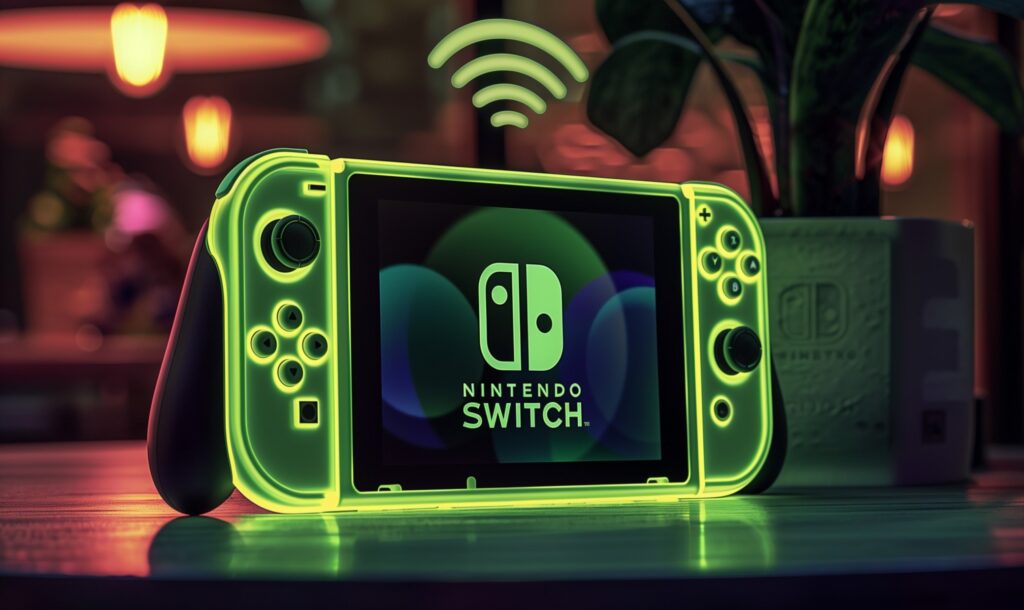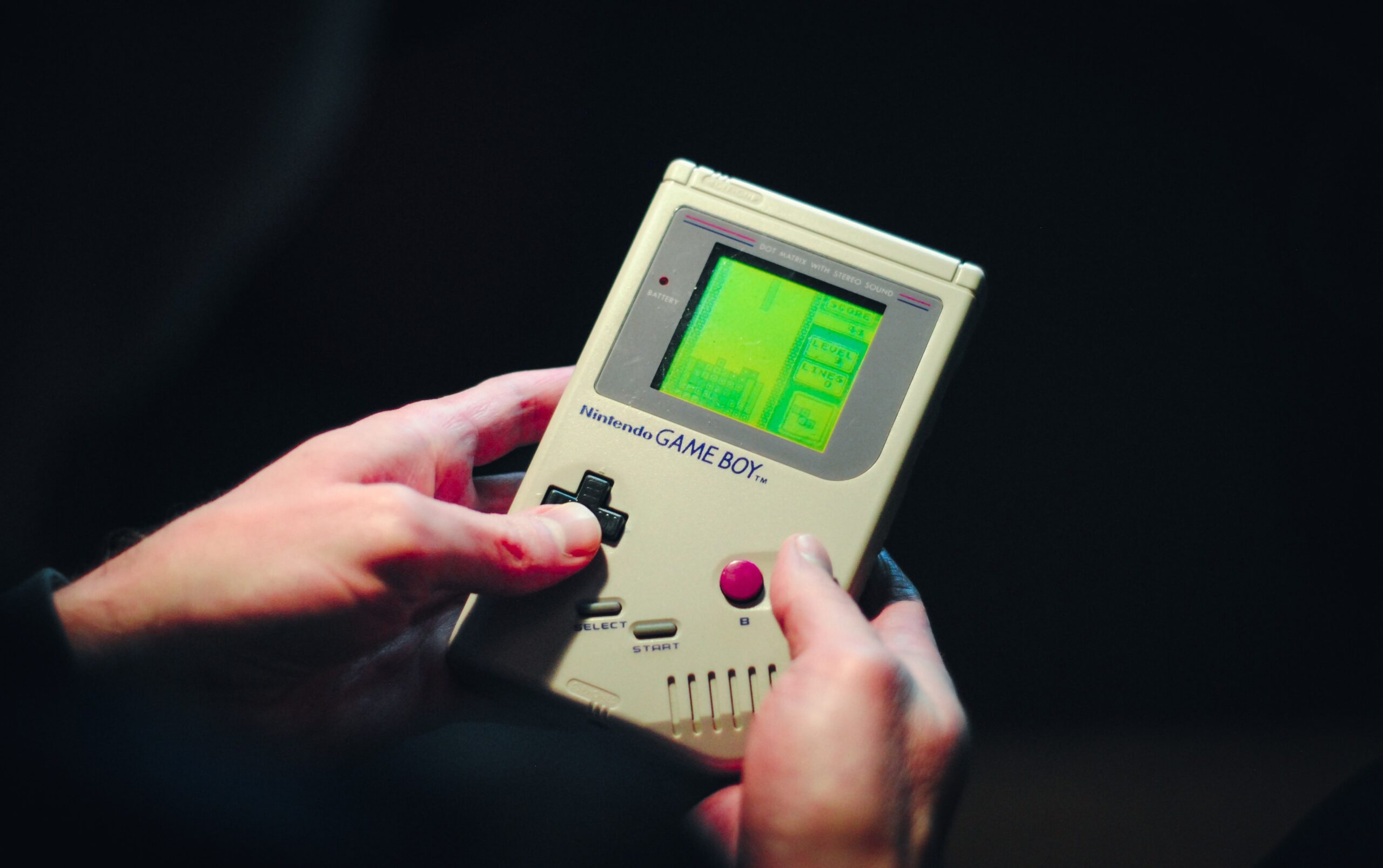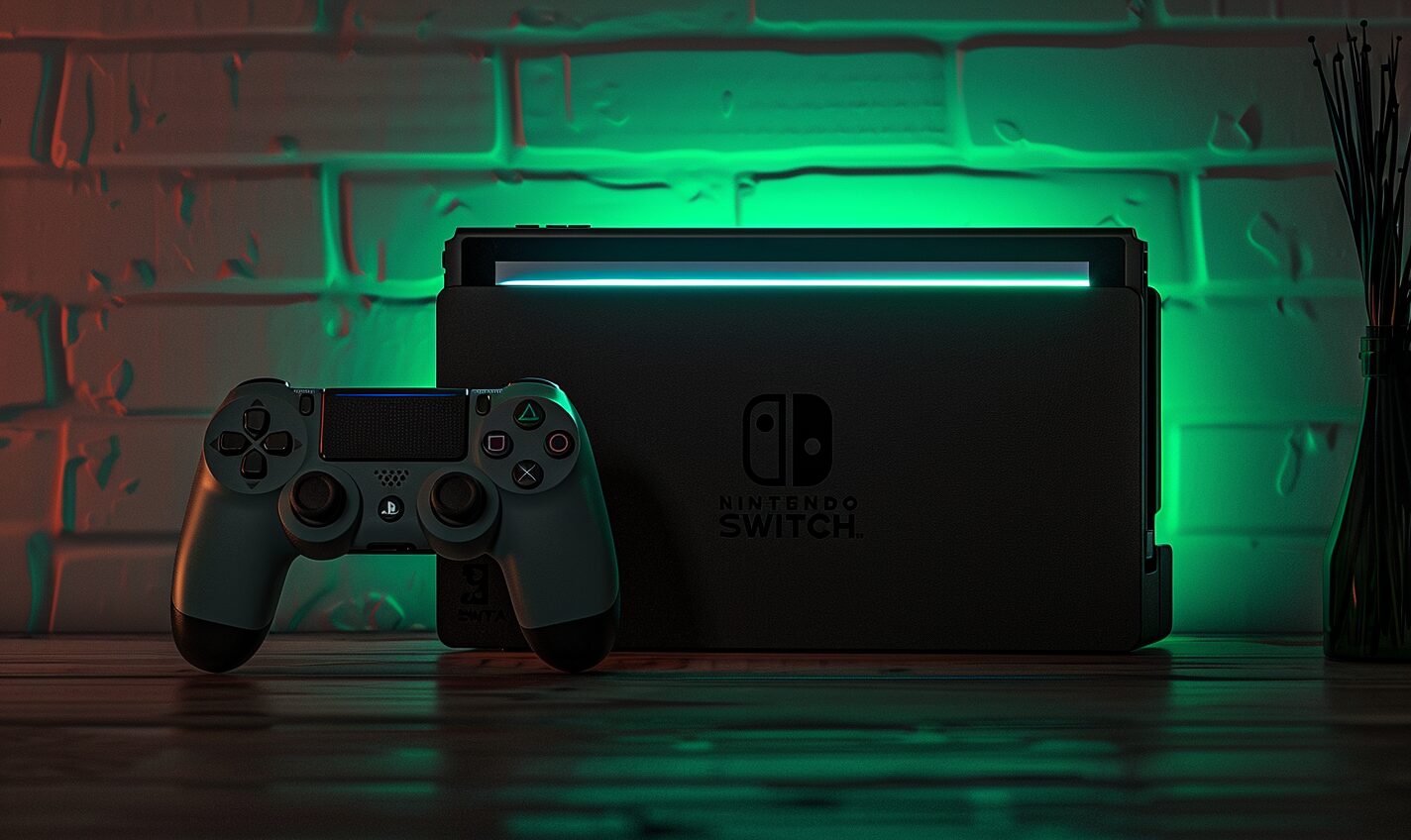Nintendo started as a humble hanafuda playing card maker in the late 1800s. A natural progression led them to other toys, and subsequently, a long-standing relationship with video game consoles. The Nintendo console history is expansive, so let’s dive right in to see how these machines and their intellectual properties have adapted to them over the years.
Color TV-Game
Release: 1977-1980
Variants: Color TV-Game 6, 15, Racing 112, Block Breaker, Computer TV-Game
Nintendo’s first foray into gaming consoles was a simple introduction and a Japanese exclusive. Unlike modern consoles, each version of the Color TV-Game had one pre-installed game with no chance to add more. It is why they released multiple versions of the original and more after. The controller is built into the device. Subsequent variants featured new games, but the original featured:
- Light Tennis
- Computer Othello
- A racing game inspired by Speed Race
- A block-breaking game inspired by Breakout
Game & Watch
Release: 1980-1991
Variants: Multiscreen series, Limited edition Super Mario Bros. and The Legend of Zelda variants in 2020 and 2021 respectively for their 35th anniversaries
This was Nintendo’s first handheld gaming console. Much like the Color TV-Game, they typically featured one game, but with multiple difficulty settings.
Family Computer (Famicom) or Nintendo Entertainment System (NES)
Release: 1983, 1985
Variants: NES Classic Edition software emulation
Let’s get 8-bit with the console that made Nintendo what it is today. It was the first one to go outside of Japan’s borders, igniting a worldwide interest in gaming. Known as the Famicom in Japan and NES in North America, it introduced the world to some of Nintendo’s most beloved franchises, including The Legend of Zelda, Mario, Kid Icarus and Metroid Prime.
It was a commercial success, revitalizing Nintendo’s international operations after the Atari shock in 1983 where buyers were more interested in computers than the mediocre video game console market.
Game Boy
Release: 1989
Variants: Game Boy Pocket, Game Boy Light
The Game Boy did Game & Watch but better because gamers now had interchangeable game cartridges. It began a line of some of Nintendo’s top-selling consoles and revolutionized the portable market forever.
Super Famicom and Super Nintendo Entertainment System (SNES)
Release: 1990-1991
Variants: Super NES Classic Edition software emulation
Enter 16-bit gaming. By this point, everyone had developed affinities for numerous franchises, awaiting them in new graphical realms. Nintendo celebrated this monumental milestone with new IPs, including Star Fox.
Virtual Boy
Release: 1995
Variants: N/A
The Virtual Boy was a huge risk and experiment for Nintendo, because it dove into 3D graphics. With a high price tag for the time and scarce release list, the company discontinued it within a year of its initial release.
Nintendo 64
Release: 1996
Variants: N/A
The NES may have put Nintendo on the map, but fewer consoles made their mark on video games than the Nintendo 64. It introduced 64-bit graphics and some of the most well-acclimated video games in history, including Super Mario 64, The Legend of Zelda: Ocarina of Time and Majora’s Mask. Though its funky, signature controller was met with mixed reviews and blisters, it signified a shift in Nintendo to innovative designs that were atypical to Sony and Microsoft offerings.
Game Boy Color
Release: 1998
Variants: N/A
It presents the glory of the Game Boy with higher processing power and color graphics. It came out in a bunch of fun colors. Many gamers have fond memories seeing their Pokémon enlivened by color.
Game Boy Advance
Release: 2001
Variants: Game Boy Advance SP and Game Boy Micro
While the Game Boy Color helped visuals, the Game Boy Advance improved hardware. Nintendo went back to the designs of previous handhelds, moving the buttons and D-pad to the right and left side of the screen instead of below it. It featured compatibility with some GameCube games in the future, like The Legend of Zelda: Four Swords Adventure and Final Fantasy: Crystal Chronicles.
GameCube
Release: 2001
Variants: N/A
Everyone has seen the viral videos of the GameCube being so durable, you could throw it off a building without breaking it completely. This purple beast of a console also featured an iconic controller with even more iconic games. Plus, it was Nintendo’s first console that relied on disks instead of cartridges — and they were small disks at that. Pikmin and Animal Crossing started their journeys here.
Nintendo DS
Release: 2004
Variants: DS Lite, DSi
Wii
Release: 2006
Variants: Wii Mini and the redesigned model which removed backward compatibility
Wii Sports, anyone? The Wii was a major disruption — in the best way possible — to the video game industry. The legendary Wii Remote and Nunchuk normalized wireless motion controls, bringing a new variety and freshness to old IPs and stale gameplay mechanics. It became a haven for casual family gaming while introducing more online connectivity options. It is Nintendo’s best-selling console to date.
Nintendo 3DS
Release: 2011
Variants: 3DS XL, 2DS, New Nintendo 2DS XL
The reimagined DS leveraged cameras and autostereoscopy to give gamers an interactive 3D experience without glasses. It was a surprisingly powerful machine for being portable, and its unparalleled success kept it alive for nearly a decade.
Wii U
Release: 2012
Variants: N/A
Did you forget the Wii U? So did we. The Wii U featured a GamePad that feels like a developer test for better creations like the Switch. It was considered a commercial flop compared to the success of the Wii, due to mismatched hardware and lackluster games because third-party developers didn’t want their games on it.
Nintendo Switch
Release: 2017
Variants: Switch Lite
Technically the Virtual Boy was Nintendo’s first hybrid console but we aren’t going to count it when the Nintendo Switch exists. Though the Switch wasn’t as kitted out as its competitors from Sony and Microsoft, it featured a killer release lineup and portable-to-docking capabilities. The removable Joy-Cons and kickstand made for some of the fascinating release trailers in console history.
With the COVID-19 pandemic success of Animal Crossing: New Horizons, the open-world experience of The Legend of Zelda; Breath of the Wild and Tears of the Kingdom, and high-octane iterations of the Splatoon series, it will have one of the most diverse game lists.
Nintendo “Switch 2”
Release: Unknown
OK, this is a slightly unfair inclusion, especially when Nintendo’s upcoming console may not even be called the Switch 2. It is, however, a popular theory. Fans anticipate its release in 2024 with a long wishlist, including updated hardware and backwards compatibility.
Nintendo is an expert at keeping console and title releases on the down low, so it is unlikely anyone will get concrete evidence on its specs and release lineup until a Nintendo Direct.
The Nintendo Console History Timeline
Nintendo is closing in on half a century of consoles, and fans hope this continues on into infinity. The Nintendo console history is a solid lineup that is industry-leading in innovative technologies and some of the most memorable franchises in gaming history. The only thing this timeline proves is Nintendo will always have tricks up its sleeve — so keep your eyes peeled for their next console launch, hopefully soon.
Recent Stories
Follow Us On
Get the latest tech stories and news in seconds!
Sign up for our newsletter below to receive updates about technology trends














